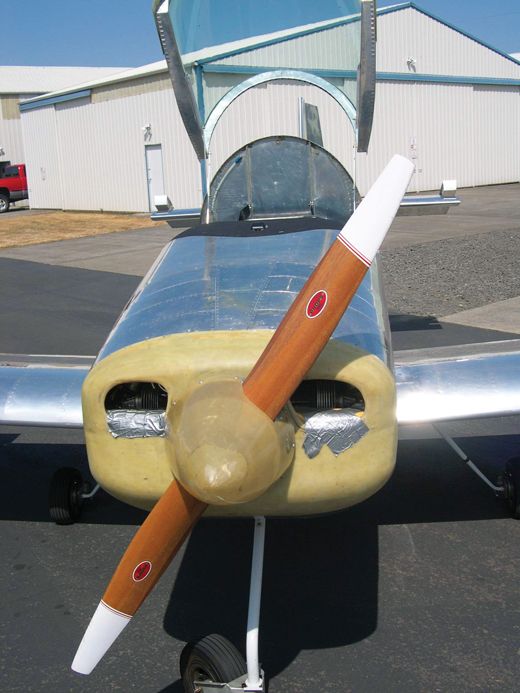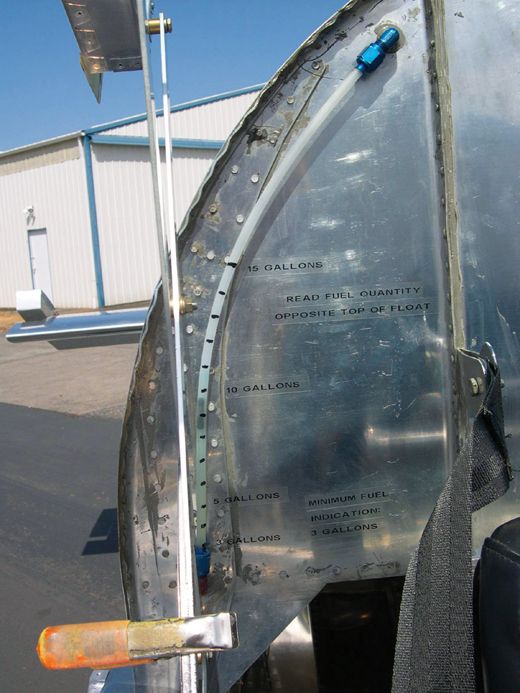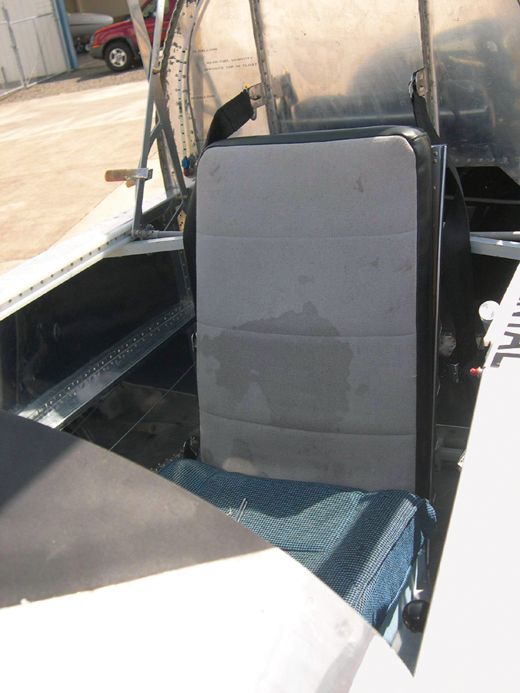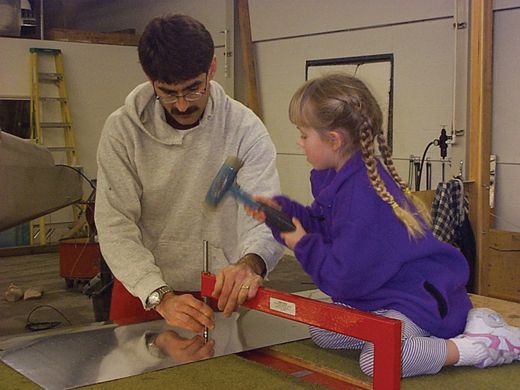Build This Airplane for 10 Grand
How to get from the dollar store to the runway
/https://tf-cmsv2-smithsonianmag-media.s3.amazonaws.com/filer/10_grand_631-jan07.jpg)
Ever fantasized about building your own airplane? Even one of the least expensive kits from leading manufacturer Van’s Aircraft, the RV-9A, equipped with the most modest options—a used, 118-horsepower engine, a wood propeller, and simple interior furnishings—would cost “somewhere in the high $30,000 range,” says Ken Scott, who oversees tech support and publishing at Van’s (and occasionally writes for this magazine). On the other end of the scale, a Lancair PropJet can cost $129,500—not including engine, propeller, avionics, paint, or seats, all of which can easily bring the price close to $1 million.
But if your budget tops out around $10,000, you do have options. A few kits out there fall in your price range: Steve Bennett, owner of kit dealer Great Plains Aircraft in Boys Town, Nebraska, sells an aircraft called the Easy Eagle for $8,000. Or you can build an affordable airplane from scratch.
If you’re going to build an airplane for that little, warns Scott, “you have to keep it down to what you absolutely need.” Some buyers, he says, “try to imagine everything they can possibly do in an airplane…. It ends up heavy and impossibly expensive.”
One of the most expensive parts of any homebuilt is the engine. The Easy Eagle’s powerplant, a basic hand-start, single-ignition, 1,915-cc VW engine, goes for $3,620, including the carburetor but not the exhaust system. “The Volkswagen conversion engine seems to be the best bang for the buck,” says Pat Panzera, editor and publisher of Contact! magazine, which covers kitplane and homebuilt powerplants. “Mostly because it can go direct-drive”—the propeller is bolted directly to the crankshaft and turns at the engine’s rpm.
There are cheaper powerplants, but builders will end up spending more because they will have to buy a propeller speed reduction unit, Panzera adds. Car engines run at higher revolutions per minute than aircraft engines; adding the unit slows rpm so the propeller operates more efficiently. As for the other costs involved in building an airplane for $10,000 or less, we offer two detailed case histories.
In 2004, Bruce King of San Antonio, Texas, built his BK1 prototype for only $6,800. The total for the aluminum he used to construct his airframe came in at just over $2,500. He used a VW engine, which he bought from Great Plains Aircraft for $2,170. King’s instrument panel cost $1,250 and included the standard elements: airspeed indicator, altimeter, tachometer, oil pressure and temperature gauges, fuel and cylinder head temperature gauges, a GPS AirMap 500 unit, and an emergency locator transmitter.
King’s first homebuilt project was a highly modified Hummel Bird, a kitplane that is usually configured for a person about five-foot-seven and 160 pounds. For the BK1, “I blew it up into a wide-body, heavier version, using the plans [for the Hummel Bird] as my guide,” says King. He put in a full-size, four-cylinder VW engine (the Hummel Bird is designed to hold a VW engine with only two cylinders) and constructed a new wing and tail section. King ended up with an aircraft with a 400-mile range (and an hour reserve) at a speed of 130 mph, and room to carry a pilot six-foot-four and 240 pounds, with a suitcase weighing 30 pounds.
He flew the BK1 from San Antonio to last summer’s Experimental Aircraft Association fly-in at Oshkosh, Wisconsin. (The 53-year-old organization was founded with the mission of bringing together people who want to build their own aircraft.) “Some of my best experiences have been stopping at little airports,” says King of his cross-country adventures in the airplane. He hopes to sell the plans for his aircraft’s design through his company, BK Fliers.
Last year, Ken Scott, who lives in Canby, Oregon, partnered with designer Ken Krueger to create the KK-1. His total cost: $8,500. Scott purchased wheels and brakes from Great Plains Aircraft for about $500 and a canopy bubble from Airplane Plastics in Tipp City, Ohio, for $800. He built his own 60-horsepower Volkswagen engine derivative for about $2,800. “It doesn’t turn out a lot of power,” says Scott, “so the airplane has to be pretty small.” For the airframe, he used the cheapest material he could: riveted sheet metal. The radio stack, comprising a used GPS unit and a hand-held radio purchased on eBay, cost him $480. The basic configuration Scott chose is fairly common for kitbuilders. “I know where I am to within about eight wingspans on the surface of the planet, and I can talk to anybody, so how much more do I need?” Because he does not have a transponder, Scott does not fly in airspace where one is required. He says he uses his homebuilt to “commute around the valley, visit friends, take it out to breakfast, or just go up and look at the sky.”
Outside of the costs, what else do you need to consider before you build a low-cost aircraft? Great Plains’ Web site, www.greatplainsas.com, includes a list of questions prospective homebuilders need to ask themselves. For example: How much time can you dedicate to completing your airplane? Steve Bennett estimates most people spend between 300 and 400 hours annually, and that it would take 300 to 500 hours to complete his Easy Eagle. And think about the workspace you have (and how much it will annoy your family if you take it over).
You also need to be honest in assessing your skills: Do you have a knack for woodworking, metalworking, or sewing? (The Easy Eagle, for example, has a steel-tube fuselage and fabric-covered wood wings.) Then there is temperament. The people who have what it takes “are clever, crafty individuals,” says Panzera, “the type of people who would rather build something themselves than pay someone to do it for them.” Or people for whom hunting down a cheap radio stack on eBay is as much fun as tinkering with a conversion engine in the garage.



